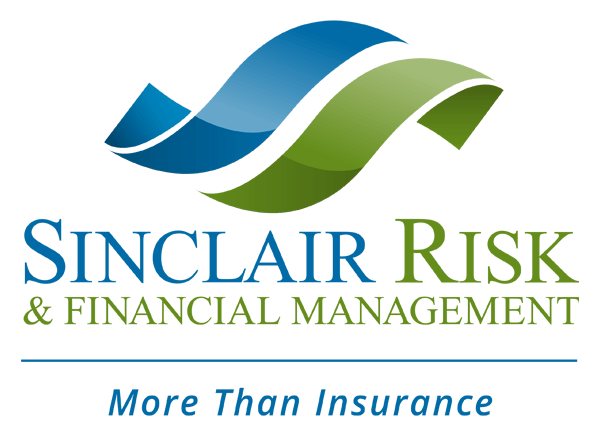Whether it’s juicy Pinterest images of fashion forward quartz kitchen countertops, or creative cork flooring that catches the eye in Dwell Magazine, the latest must-haves saturate the minds of home buyers. But what many home shoppers don’t realize is that insurers are evaluating homes with a very different set of criteria.
When it comes to homeowner’s insurance, you want your home to be “preferred.” There are carriers who will cover “non-preferred” homes but that route is costly and time consuming, to the point of potentially upending a closing.
Your dream home may have granite and bamboo, but if it also has any of these insurance red flags, it may be difficult, expensive, or impossible to secure homeowner’s coverage.
Safety hazards — First, your insurance inspector will train a very keen eye on the basics of the property, looking for anything that might pose a safety risk. Are there stairs with loose or missing railings? A broken step? What is the condition of the roof, the plumbing, the electrical system? Is there evidence of water damage? A “yes” to any of these will warrant further investigation at least and likely a full remedy before you can get a policy.
Underground oil tanks — You do NOT want to “strike oil” in the form of a tank under the ground of your new home. Most carriers will not insure a property with an underground oil tank. Those that will may specifically refuse to provide any liability or environmental coverage for them, placing risk squarely on your shoulders. We strongly advise against this! Rather than pay higher premiums and accept the risk, it’s a better, much less expensive option to have the tank removed.
Swimming pools without a fence — Swimming pools are not an insurance deal breaker (though they can command higher premiums), so long as they are adequately protected with a fence and lockable gate. Some insurers will not cover a pool that has a diving board or a slide, even with a fence.
Trampolines — The number of injuries sustained from using trampolines is astonishing: more than one million in the 10-year period of 2002 to 2011, according to the Journal of Pediatric Orthopaedics. Consequently, most insurers simply will not cover a home that has one. If you plan to purchase a home with a trampoline, ask the seller to remove it before you buy.
High-risk animals — Most insurers will not cover homes with a “high-risk breed” dog. Each carrier has its own list of prohibited breeds. Common ones include Pit Bulls, Akitas, Chows, and Rottweilers. Certain other animals make insurers skittish as well, including horses and farm animals. Ownership of these animals will not necessarily prevent coverage, but they do tend to make it more expensive.
Being in a fire safety “desert” — Generally speaking, your insurance costs will rise with the distance your home is from a fire station or fire hydrant: the farther away, the higher your “PC” or Fire Protection Class. If a home is more than 5 miles from a fire station or more than 1,000 feet from a fire hydrant, it is a PC 10, the point at which most insurers will either not cover the property or charge a correspondingly high premium.
Day care business — Some carriers will insure a home with a day care business via an additional endorsement (for an additional premium), but others will not cover any home that houses a business with substantial foot traffic. Home offices and businesses that have incidental traffic are usually not a problem.
If you’re home shopping and curious about other potential insurance red flags, call me today and I’ll be happy to help.
Mary McGrath
Sinclair Risk& Financial Management


